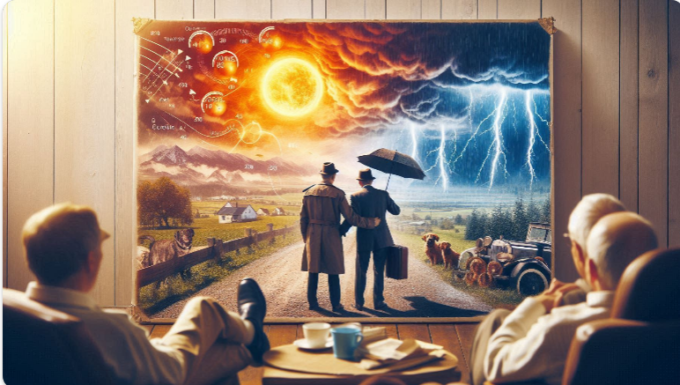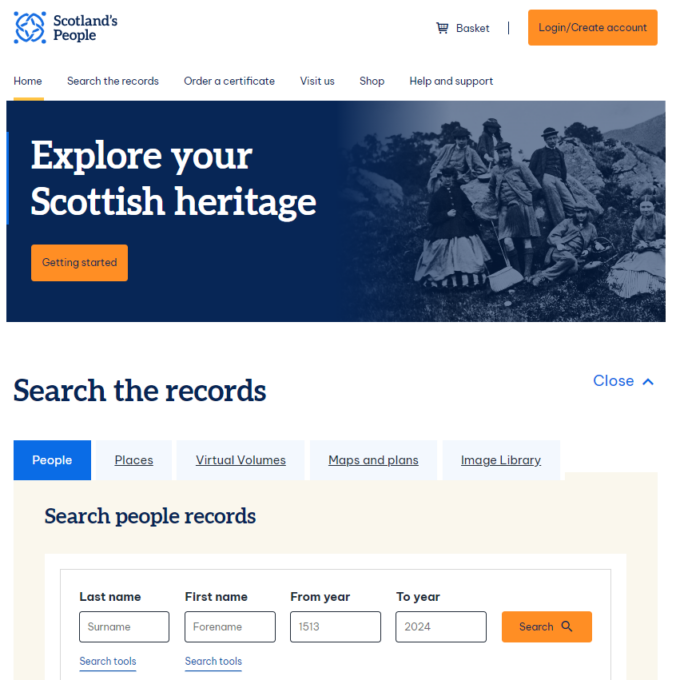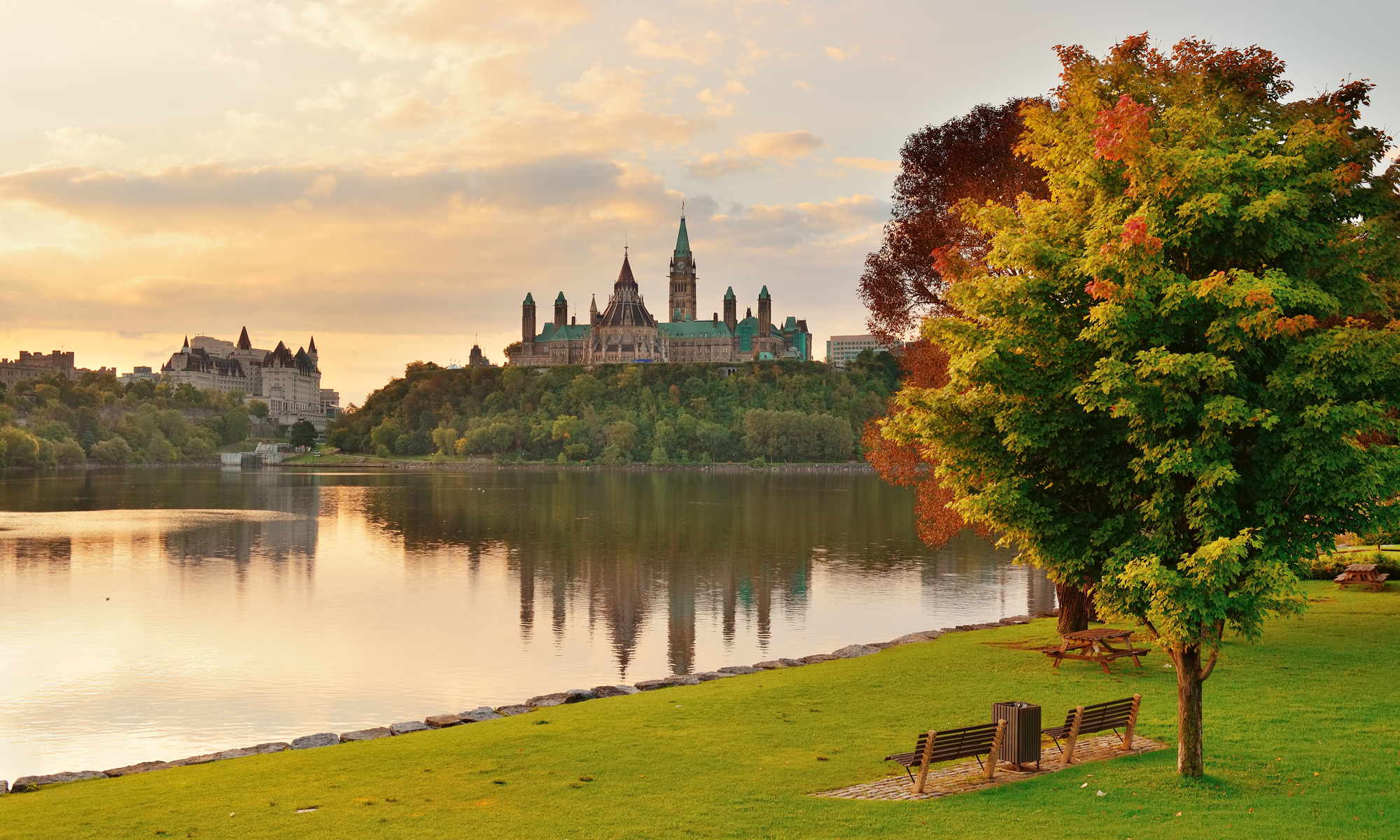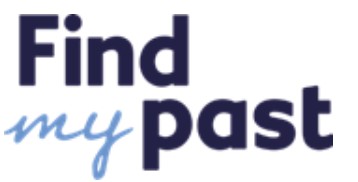Findmypast Weekly Update
Royal Society of Arts Membership Lists and Minute Books
There are 72,873 entries in this new set covering 1754 to 1856.
Every record has a transcript of the vital details and a copy of the original image. Transcription will include a combination of the following:
Name
Role – Member or Sponsor
Event date – this could be the date of the meeting or date or entry date
Declined date
Residence
Member’s name
Sponsor’s name
Archive and reference.
Each member had a sponsor so that you could compile a sponsor pedigree.
John Derby Allcroft< Stephen J Aldrich< C (E?) Brewster< Henry Cole< E Speer<?
Were they relatives, neighbours, business associates?
Britain, In Memoriam Notices
An additional 1,258 British In Memoriam notices appear this week, from 1783 to 1995.
Newspapers
The Educational Times and the Woman Teacher are profiled in the newspaper collection, which has 258,481 new pages this week.
Weather and Family History: An Invitation

You are invited to sit back in comfort at home with a beverage of your choice and enjoy my talk ‘Twas a Dark and Stormy Night: Connecting Weather and Personal Histories.
Join us at the OGS Ottawa Branch virtual meeting, starting at 1 pm on Saturday, 14 September.
Register in advance for this Zoom presentation at
https://us06web.zoom.us/meeting/register/tZ0ode2srDsrGtAXhfOaQv62C34WuLClhA6k
All Ottawa Branch monthly presentations are free and open to the public.
Letters of the First World War
From Active History: Sean Graham speaks with Marth Hanna, author of Anxious Days and Tearful Nights: Canadian War Wives During the First World War.
“We discuss Martha’s entry into the world of First World War letters, the challenge of tracking down letters from over 100 years ago, and how women on the front lines managed their relationships with significant others fighting the war. We also chat about censorship of letters, the challenge of what to share and what to hide from your spouse during the war, and what happened to relationships following the war.”
https://activehistory.ca/blog/2024/09/04/letters-of-the-first-world-war-whats-old-is-news/
The New Scotland’s People
 It’s here, as promised.
It’s here, as promised.
The redesigned site “make(s) accessing Scotland’s records easier than ever with quick, simple searching of our birth, marriage, death and census records.”
You’ll still find the same records documenting the lives of millions of Scots over centuries, as well as recently added record sets, including
Church records
Taxation records
Employment records
Prison records
Wills & testaments
Maps & Plans, and much more
There’s also a “streamlined certificate-ordering process that gives you speedy access to vital documents” and “a new, dedicated help and support section that will help if you encounter problems.”
To search Scotland’s People’s records, you need to be logged into your account or register. Fortunately, the account details saved on my computer continued to work. The site recognized a document I’d purchased years ago and displayed it without requiring me to purchase it again.
Hot off the Press from Global Genealogy
A new edition of Documenting Your Canadian Ancestors who served in World War One (1914-1918) or World War Two (1939-1945) with the Canadian Navy, by Kenneth Cox is now out from Global Genealogy. This updated 2024 edition includes more information on WW1 Merchant Seamen records.
Also reissued recently is Dictionary of Scottish Emigrants to Canada Before Confederation (pre-1867) Volumes 1, 2, 3 & 4,
by Donald Whyte. There’s more information here.
A little bird told me a new book is in preparation to be published by Global.
Ancestors in Less-Used Sources
When researching family history, we rely on well-known sources like birth, marriage, and death/burial records (BMDs and BMBs), censuses, probate records, and documents preserved by family members. These are invaluable, but are you exploring the full range of resources available?
Digitized newspapers and city directories have more recently become key research tools. However, other publications also offer unique insights into your ancestors’ lives. Are you making the most of them?
For instance, MyHeritage offers several specialized databases that can greatly expand your research, such as the “Historical Books – Index of Authors and People Mentioned, 1811-2003” with 494,146,925 entries, “Authors of Scholarly Articles” with 276,246,210 entries, and “Inventors of Historical Patents” with 258,995,128 entries.
I recently explored the patent database using the surname Allcroft, which is connected by marriage to my family line. Walter Lacey Allcroft, the son of businessman, philanthropist, and Member of Parliament John Derby Allcroft, was an engineer who registered seven patents. One of his patents, titled “Motor Road Vehicles,” pertains to steering mechanisms for vehicles with short swivelling axles and includes methods for preventing axle binding on pivots. The axle socket is conical at both ends, with vulcanized fibre bushes inserted into it.
While these technical descriptions may not seem particularly exciting, they offer valuable insights into Walter’s career and interests during a productive period of his life. Additionally, he is mentioned 18 times in the Historical Books database, providing further context for his achievements and contributions.
Exploring such resources can uncover fascinating details about your ancestors’ lives, offering a richer, more comprehensive understanding of their world.
Deaths of a father and son…
Teresa at Writing My Past posts only about once a month. She blogs about “my genealogical research adventures and (I) explore the people and events from my family’s history…”
A 2 September post, Deaths of a father and son…
looks into the typhus and typhoid fever deaths of the husband and eldest son of Sarah Taylor in the spring of 1865 in London.
Do you know the difference between typhus and typhoid?
Teresa explores a range of resources for these deaths and looks into the historical context of the diseases.
Recommended,
TheGenealogist expands its Landowner Records Collection
TheGenealogist has just released nearly 300,000 historic landowner records offering unique insights into land ownership and transfers across centuries.
Feet of Fines: A Window into English Land Transactions
Dating back to the 13th century, these documents provide detailed accounts of land transactions, often involving the transfer of property rights. Each record includes information such as the names of the parties involved, descriptions of the properties, and the dates of agreements.
Index of Sasines: Tracing Scottish Land Ownership
For those with Scottish roots, the addition of the Index of Sasines is noteworthy. Sasines are legal documents that confirm land and property ownership in Scotland, dating from the 16th century onwards. This index allows researchers to locate and access detailed records of property ownership.
Scotland Record Office Index to Register of Deeds: Exploring Legal Histories
The Scotland Record Office Index to Register of Deeds offers access to a wide array of legal documents related to property and inheritance in Scotland. This index provides a gateway to uncovering your family’s history and understanding social and legal contexts.
This release includes records from regions, such as:
- Berwick: Index to Register of Sasines Volume I. A-H (1617-1780)
- London and Middlesex: A Calendar to the Feet of Fines (1179-1485)
- Yorkshire: Feet of Fines (1327-1614)
- Huntingdon: Calendar of the Feet of Fines (1194-1603)
- Scotland: Index to Particular Register of Sasines for Sheriffdom of Dumfries and Stewartries of Kirkcudbright and Annandale (1617-1732)
- Scotland Record Office: Index to Register of Deeds (1661-1679)
This Week’s Online Genealogy Events
Choose from selected free online events in the next five days.
All times are ET except as noted. Assume registration in advance is required; check so you’re not disappointed. Find out about many more, mainly US events, at Conference Keeper.
Tuesday, 3 September
2 pm: Ottawa Virtual Genealogy Drop-In from OGS Ottawa Branch.
https://ottawa.ogs.on.ca/events/virtual-genealogy-drop-in-2-2024-09-03/
7:30 pm: All Kinds of Loyalists, by Kathryn Lake Hogan for OGS Durham Branch.
https://ogs.on.ca/events/all-kinds-of-loyalists-durham-branchs-hybrid-september-meeting/
10 pm: Efficient Genealogy: Streamline Your Research with TextExpander, by Christine E. Neumann for Legacy Family Tree Webinars.
https://familytreewebinars.com/webinar/efficient-genealogy-streamline-your-research-with-textexpander/
https://familytreewebinars.com/webinar/prepping-for-and-researching-at-the-familysearch-library/
7 pm: Huron County Encounters with Natural Disasters, by David Yates for OGS Huron Branch.
https://huron.ogs.on.ca/events/huron-branch-huron-county-encounters-with-natural-disasters-david-yates/
Thursday, 5 September
7 pm: A Genealogy Toolbox for Researching Ancestors in Ontario, by Ken McKinlay for OGS.
https://ogs.on.ca/events/society-webinar-a-genealogy-toolbox-for-researching-ancestors-in-ontario-ken-mckinlay/
Friday, 6 September
Webtember presentations from Legacy Family Tree Webinars.
10:15 am: Six Ways to Figure Out How We’re Related, by Roberta Estes
https://familytreewebinars.com/webinar/six-ways-to-figure-out-how-were-related/.
11:30 am: Elizabeth Matson – the wife of Timothy Mather ,born 1711 ,or Timothy Mather , born 1747? by Bryna O’Sullivan
https://familytreewebinars.com/webinar/elizabeth-matson-the-wife-of-timothy-mather-born-1711-or-timothy-mather-born-1747/
12:45 pm: 10 Things You Don’t Know About Cemeteries, by Gena Philibert-Ortega.
https://familytreewebinars.com/webinar/10-things-you-dont-know-about-cemeteries/
2 pm: Researching Your Birmingham Ancestors, by Mike Sharpe.
https://familytreewebinars.com/webinar/researching-your-birmingham-ancestors/
3:30 pm: Bridging Generations: Connecting with Living Relatives Through MyHeritage, by Lisa Lisson.
https://familytreewebinars.com/webinar/bridging-generations-connecting-with-living-relatives-through-myheritage/
Saturday, 7 September
This is a reminder about the Scottish Indexers conference happening today.
10 am: “I went to the weavers after some carpet:” Weavers and Customers in rural Ontario, 1859 to 1922, by Deborah Livingston-Lowe for OGS London and Middlesex Branch.
https://londonmiddlesex.ogs.on.ca/events/london-and-middlesex-branch-i-went-to-the-weavers-after-some-carpet-weavers-and-customers-in-rural-ontario-1859-to-1922/
2 pm: Pioneering Spirit, by Mike Miles for OGS Simcoe County Branch.
https://simcoe.ogs.on.ca/events/simcoe-county-branch-pioneering-spirit-with-mike-miles/
Sunday 8 September – Extra and not online
2 pm: Beechwood Cemetery Annual Historical Tour.
https://beechwoodottawa.ca/en/foundation/events/beechwoods-annual-historical-tour-one-earth#
Climate and Genealogy
Wayne Shepheard has rerecorded his Legacy Family Tree Webinars talk Genealogy and the Little Ice Age. He discusses the importance of understanding the Little Ice Age (1300-1850 AD) in genealogical research. The presentation includes:
The Little Ice Age’s impact on climate and environment:
Effects on human populations
Historical and genealogical implications
Useful information sources for genealogists.
However, at 2:55, he claims that during the warm periods of the last 10,000 years, temperatures were much higher than today. That’s the view of some climate skeptics but at variance with the most recent Intergovernmental Panel on Climate Change Assessment.
However, that should not detract from Wayne’s analysis of climate impacts during the Little Ice Age.
Ancestry adds Cheshire Church Records
Find over 15 million records for Cheshire in this new Ancestry release. Transcriptions are linked to images of the original record. You can also browse by parish. It doesn’t get much better.
| Title | Records |
| Cheshire, England, Church of England Baptisms, Marriages and Burials, 1538-1812 | 5,689,110 |
| Cheshire, England, Church of England Marriages and Banns, 1754-1939 | 2,086,347 |
| Cheshire, England, Non-Conformist Baptisms, Marriages and Burials, 1800-1948 | 341,835 |
| Cheshire, England, Church of England Baptisms, 1813-1923 | 5,484,641 |
| Cheshire, England, Church of England Burials, 1813-1998 | 1,410,680 |


